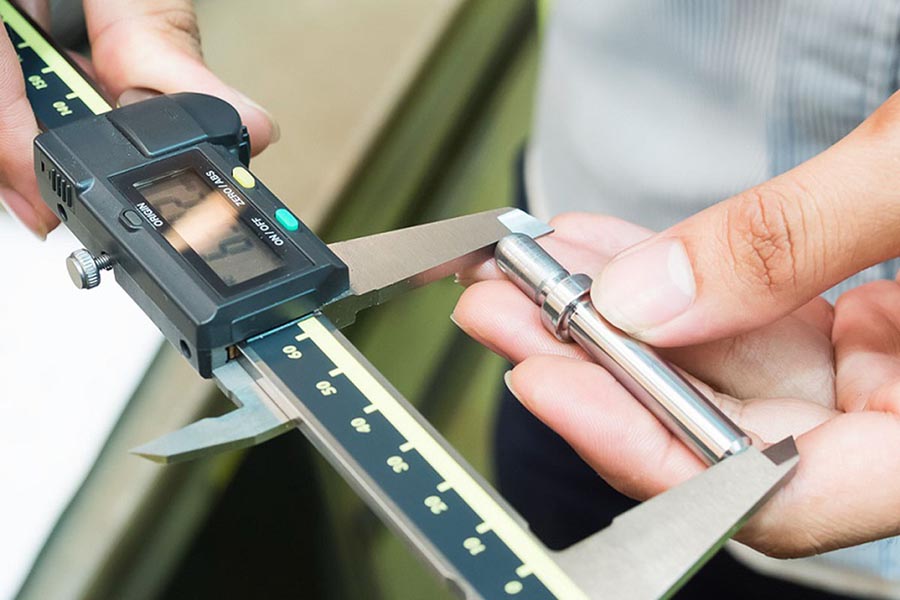To assign dimensions and tolerances to a part that is produced as a casting involves consideration of function and fit of the finished part, allowances for machining operations involved in producing the finished part, and production requirements such as draft and taper. Allowances for castings and the major tolerance considerations in the production of parts as steel castings are presented below. Along with this information a set of tolerance grades is introduced to facilitate communication on tolerances.
The shapes of cast steel components reflect not only the functional requirements of the component, but also manufacturability requirements dictated by the casting process. Castings shapes must incorporate the proper use of draft allowances for successful mold making and machining allowances for surfaces requiring more precision and better surface finishes than can be achieved in the as-cast conditions. Draft and machine finish allowance guidelines and practices are presented to assist in the specification of draft and machining allowances for castings.
Similarly, size or pattern allowances must be incorporated into the production of patterns and coreboxes from which steel castings are made. These pattern allowances (sometimes call shrink rules) must also be correctly applied to ensure that final castings can meet customer dimensional tolerance requirements without extra pattern dimension adjustment cycles. Other castability guidelines that influence the recommended geometry of steel castings are discussed in steel casting parts.

 русский
русский



